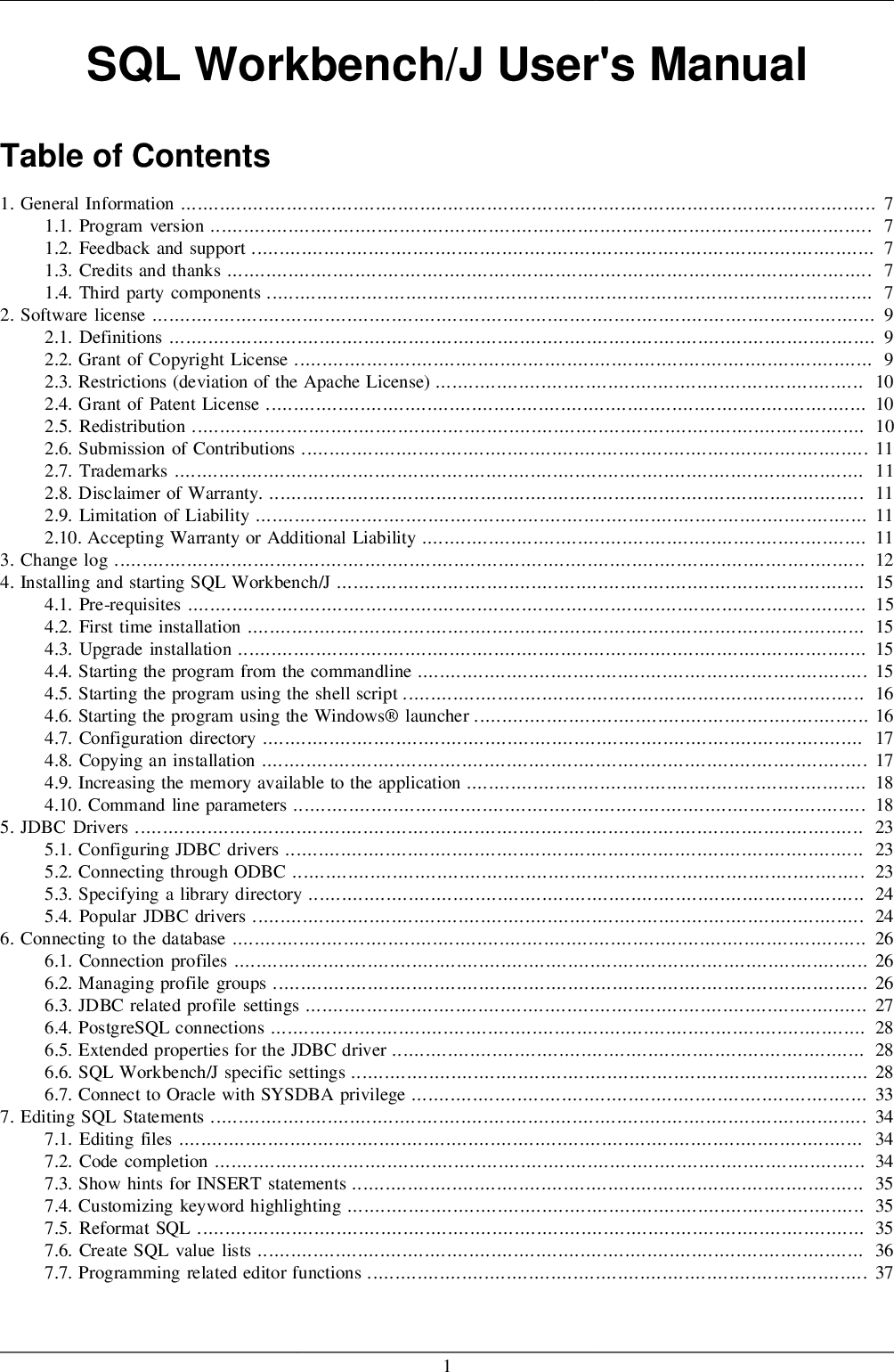
So z-scores and t-scores measure the significant difference between the population means whereas p-value just gives us a result to reject or not to reject our null hypothesis that we set, it doesn't give you the statistic. The experimenter sets the level of significance and when the p-value < significance level, the null hypothesis is rejected. P-value is the probability that your null hypothesis will be rejected. Like z-score, t-scores are also a conversion of individual scores into a standard form T-Score - is used when you have a smaller sample <30 and you have an unknown population standard deviation. Z score is used when: the data follows a normal distribution, when you know the standard deviation of the population and your sample size is above 30. This probability depends, not only on the amount of the Z-score, but also on the number of data points in these data sets. If z-score is +ve, it indicates that the score is above the mean and if it's -ve it indicates the score is below the population mean and if it's 0 it indicates the score is same as the population mean. Answer (1 of 5): The p-value is the probability that two data sets that were actually drawn from the same population would be different by as much as this Z-score. Example below from ( R - Logistic Regression ) : if you divide estimate by std.


p-value is the probability that your null hypothesis will be rejected.

Z Score- tells you how many standard deviations from the mean your result is. Answer (1 of 4): Z value in logistic regression is computed by estimate/stderror. Like z-score, t-scores are also a conversion of individual scores into a standard form.


 0 kommentar(er)
0 kommentar(er)
